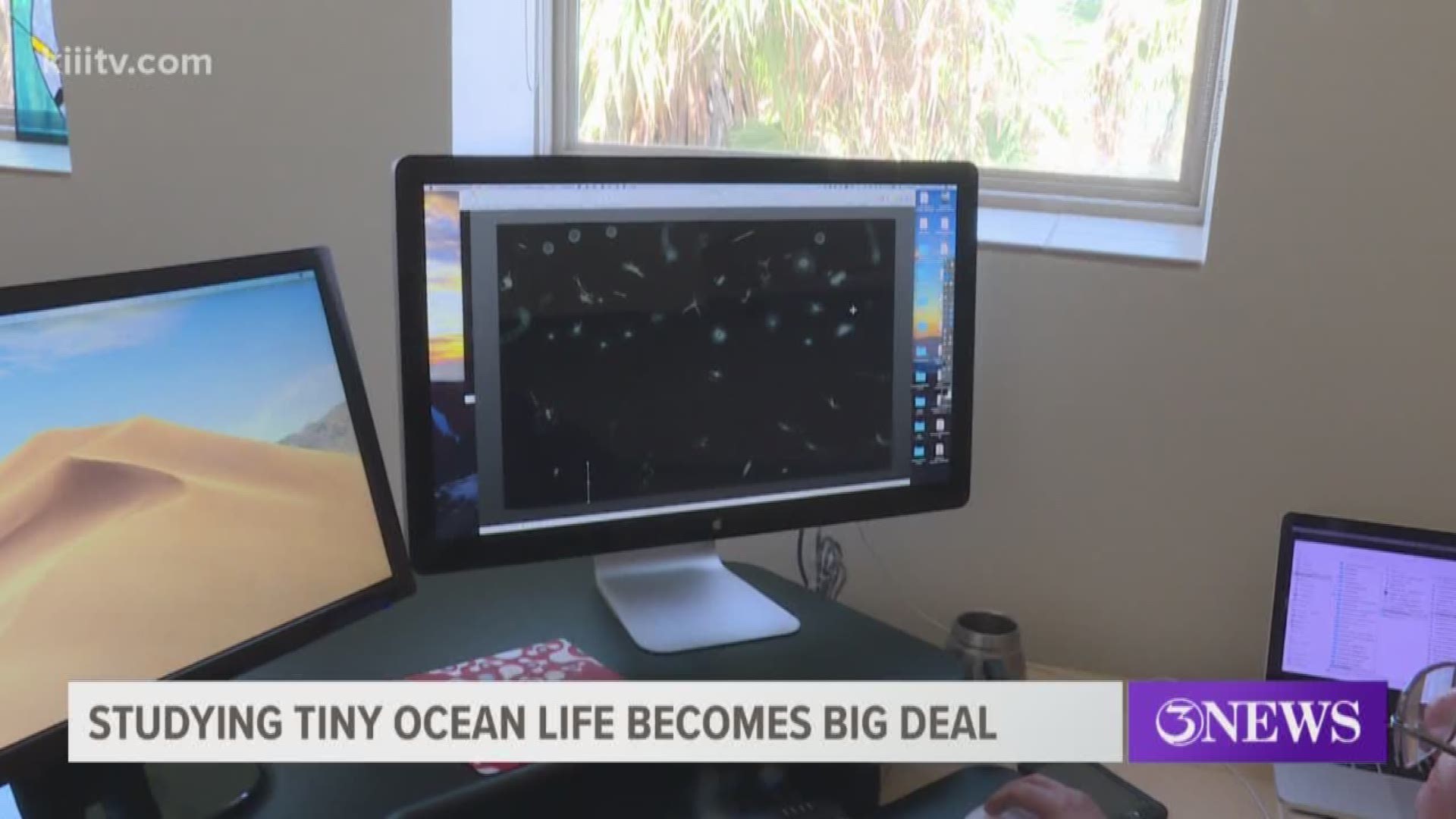CORPUS CHRISTI, Texas — A tiny organism called PhytoPlankton is known to be a big deal when it comes to maintaining the delicate environmental balance in our oceans.
Now a researcher at the UT Marine Science Institute in Port Aransas has come up with a way to study and take pictures of those tiny creatures.
Professor Tracy Villareal has dedicated his research to studying Phyto Plankton. It's like the grass of the sea.
The plankton takes in carbon dioxide and turns it into food for the other fish.
Villareal said there has been an increase of carbon dioxide in the ocean, so he's trying to study if that's due to less Phyto Plankton in the water.
Back in the day, in order to figure that out Villareal said he use to scuba dive and see the Phyto Plankton for himself, but that wasn't the most accurate way.
“Once you go below even just a few feet everything tends to look the same color, so your eyes can only really pick out the big stuff,” he said.
But thanks to funding from the National Science Foundation, Villareal now has a camera worth $138,000 that can do all the hard work for him.
Villareal said before he was only able to study Phyto plankton in drops of water at a time and now with his new underwater camera he can study the organisms in a literal ton of water at a time.
Villareal said he got to use his hi-teach camera for the first time on an expedition in Hawaii and plans to explore more in January.

